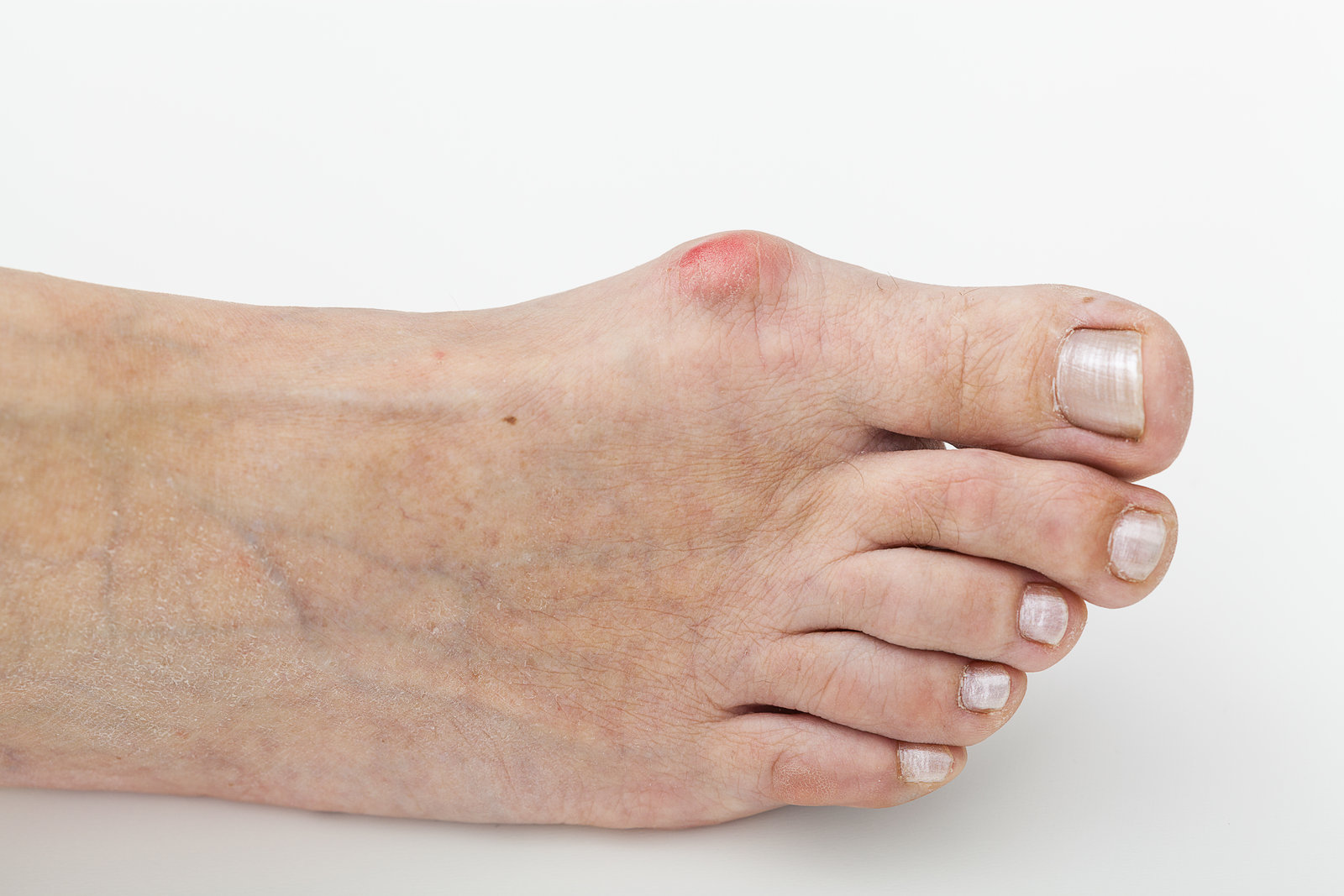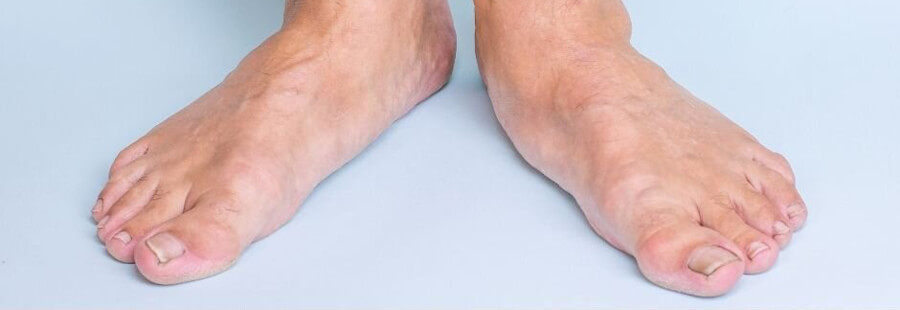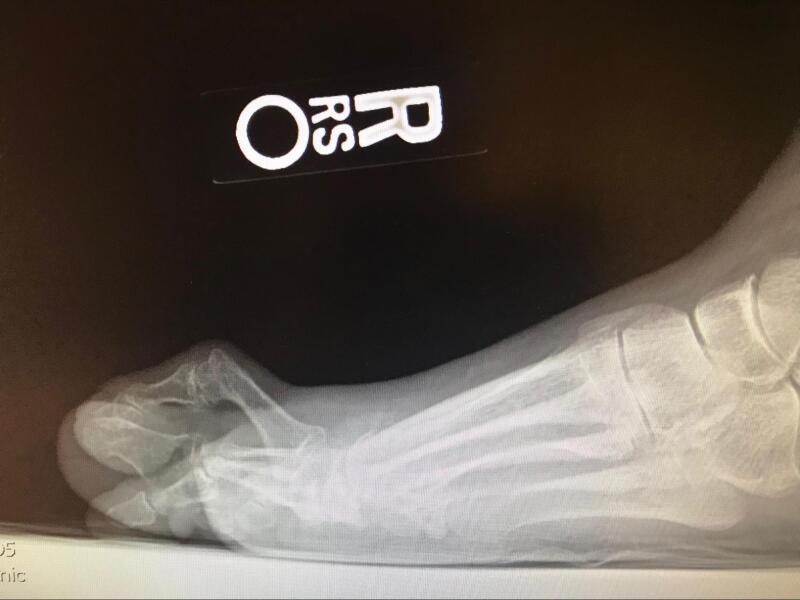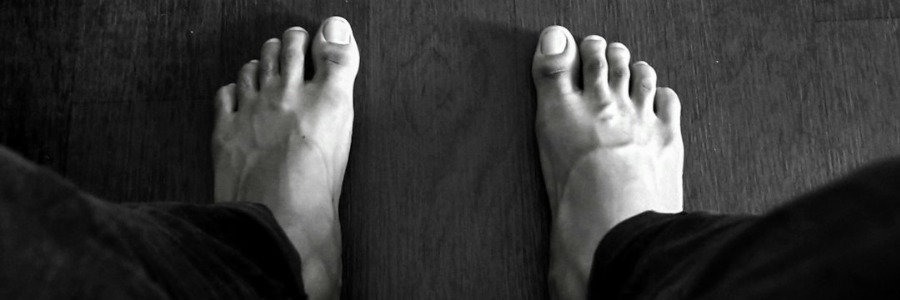Causes, Symptoms, and Effective Treatment for Common Foot Disorders
At Austin Foot & Ankle Center, we understand how much foot pain can disrupt your daily life. Foot disorders can affect your ability to walk, work, and even enjoy your favorite activities. But you don’t have to live with this pain. By understanding the causes of common foot conditions and knowing your treatment options, you can take control of your foot health and find lasting relief. In this article, we’ll cover some of the most frequent foot disorders we see, including plantar fasciitis, bunions, flat feet, hammertoes, and Morton’s neuroma, and explain how we can help you get back on your feet.
Plantar Fasciitis: Why Heel Pain Isn’t Something to Ignore
Plantar fasciitis is one of the most common causes of persistent heel pain. If your first few steps in the morning are agonizing or if you feel a stabbing pain after long periods of sitting or standing, you might be dealing with this condition.
What Causes Plantar Fasciitis?
Plantar fasciitis occurs when the thick band of tissue (the plantar fascia) that runs along the bottom of your foot becomes inflamed. This can happen due to factors like flat feet, high arches, overuse (especially in athletes), or even something as simple as wearing shoes with poor support.
Symptoms of Plantar Fasciitis
The classic sign of plantar fasciitis is sharp heel pain, especially first thing in the morning or after resting. The pain often improves after walking but tends to return after long periods of activity or standing.
Diagnosis of Plantar Fasciitis
A thorough physical exam is usually enough for our podiatrists to diagnose plantar fasciitis. In some cases, we may recommend imaging, like X-rays, to rule out other causes of heel pain, such as stress fractures.
How to Treat Plantar Fasciitis
Fortunately, most people don’t need surgery to manage plantar fasciitis. We take a conservative approach that focuses on relieving your pain and helping your plantar fascia heal naturally.
Stretching for Plantar Fasciitis
Simple stretches for your calves and the bottom of your foot can reduce tension and improve flexibility, making it easier to walk without pain.
Orthotics for Plantar Fasciitis
Custom orthotics can be a game changer by giving your feet the support they need to distribute pressure more evenly and relieve strain on the plantar fascia.
Plantar Fasciitis Surgery Options
In cases where conservative treatments fail, surgical options like plantar fascia release may be considered to alleviate pain and restore function.
Heel Pain Relief for Plantar Fasciitis
In addition to stretches and orthotics, heel pain relief can come from ice packs, over-the-counter anti-inflammatory medications, and supportive footwear.
Conservative Treatments for Plantar Fasciitis
At Austin Foot & Ankle Center, we emphasize non-invasive treatments first. Our goal is to reduce your pain, restore mobility, and prevent the condition from getting worse without turning to surgery.
Bunions: Small Bump, Big Problem
Bunions aren’t just a cosmetic issue. They can lead to significant pain, swelling, and difficulty finding comfortable shoes. If you’ve noticed a bump at the base of your big toe that makes it painful to walk, it’s time to take action.
What Causes Bunions?
Bunions form when the bones in the front part of your foot move out of alignment, often due to genetics, foot structure, or wearing tight, narrow shoes that squeeze the toes together. Over time, this leads to a painful, swollen bump on the side of the foot.
Symptoms of Bunions
In addition to the visible bump, bunions can cause:
- Redness, swelling, and tenderness around the big toe.
- Pain when walking or wearing tight shoes.
- Restricted movement in the big toe joint.
Pain from Bunions
As the bunion grows, it causes increased pain and limits movement, making it difficult to wear certain shoes or walk comfortably.
Bunion Treatment Without Surgery
We always start with non-surgical options for bunion relief:
- Padding and Orthotics: Custom orthotics and bunion padding can reduce pressure on the joint and provide immediate pain relief.
- Lifestyle Modifications: Simple changes like switching to wider shoes or avoiding high heels can make a significant difference.
Bunion Surgery Options
When the pain becomes unbearable, surgery may be required. Bunionectomy is the most common procedure, involving realigning the bones and removing the bunion.
Recovery from Bunion Surgery
Recovery from bunion surgery can take several weeks, depending on the severity of the procedure. Physical therapy and custom orthotics often aid in a smoother recovery.
When to Consider Bunion Surgery
If conservative treatments no longer provide relief and your bunion is severely impacting your quality of life, it might be time to consider surgery.
Conservative Treatments for Bunions
For those looking to avoid surgery, non-invasive options like padding, orthotics, and lifestyle changes can offer significant relief from bunion pain and help slow the progression of the deformity.
Flat Feet: Supporting Your Arch, Supporting Your Life
Flat feet may seem like a minor issue, but the lack of arch support can lead to chronic pain, fatigue, and even complications in your knees, hips, and back. Understanding your options for relief is crucial.
What Causes Flat Feet?
Flat feet can be genetic, or they can develop over time due to injury, aging, or medical conditions like arthritis. In some cases, flat feet cause no symptoms, but in others, they can lead to significant pain and alignment issues.
Types of Flat Feet
- Flexible Flat Feet: The arch appears when your foot is off the ground but disappears when standing.
- Rigid Flat Feet: The arch remains flat, even when no weight is on the foot, and is often associated with more pain and stiffness.
Symptoms of Flat Feet
Flat feet can cause pain in the feet, ankles, or legs, especially after standing or walking for long periods. Other symptoms include swelling along the inside of the ankle and pain in the heel or arch.
Pain from Flat Feet
Flat feet can cause foot fatigue, pain during activity, and can even lead to knee, hip, or back problems due to poor alignment.
Flat Feet Treatment Options
Most cases of flat feet can be managed without surgery:
- Orthotics for Flat Feet: Custom orthotics provide essential arch support, helping to realign your foot and relieve pressure.
- Exercises for Flat Feet: We’ll guide you through strengthening and stretching exercises to help improve foot function.
Flat Feet Surgery
In rare cases where pain persists despite conservative measures, we may recommend flat foot surgery to correct the structure of your foot.
Flat Foot Pain Relief
Pain relief from flat feet comes from a combination of orthotics, exercises, and over-the-counter pain medications.
How to Diagnose Flat Feet
Diagnosis usually involves a physical exam, gait analysis, and imaging to confirm the condition and assess any complications.
Hammertoe: Treating the Pain and Deformity
Hammertoe is a deformity that causes the toe to bend at the middle joint, leading to pain, difficulty walking, and the development of corns and calluses. If left untreated, hammertoe can worsen, making it harder to wear shoes or move comfortably.
What Causes Hammertoe?
Hammertoe is often caused by muscle imbalances, injury, or wearing shoes that are too tight. Over time, the muscles and tendons shorten, causing the toe to become rigid.
Symptoms of Hammertoe
The symptoms of hammertoe include:
- A visible bend in one or more toes.
- Pain when wearing shoes or moving the toes.
- Corns or calluses developing from rubbing against shoes.
Non-Surgical Treatments for Hammertoe
We prioritize non-surgical treatments, including:
- Padding and Footwear Changes: Using padding to protect the toe from friction and switching to shoes with a wider toe box can ease discomfort.
- Toe Exercises: Strengthening the muscles in your toes can help improve flexibility and reduce pain.
Hammertoe Tendon Release Surgery
If non-surgical methods fail, surgery to release the tendon may be necessary to straighten the toe and relieve pain.
Hammertoe Joint Fusion Surgery
In more severe cases, joint fusion surgery is an option to permanently correct the deformity.
How to Treat Hammertoe
Conservative treatments include exercises, padding, and changing footwear. In advanced cases, surgery may be required to correct the deformity and relieve pain.
Conservative Hammertoe Treatments
Splints, toe pads, and stretches can help improve symptoms without the need for surgery. We’ll work with you to customize a treatment plan that addresses your specific needs.
Hammertoe Deformity Correction
Correcting hammertoe through surgery involves straightening the toe either by releasing the tendon or fusing the joint, depending on the severity of the deformity.
Foot Exercises for Hammertoe
Exercises can help strengthen the muscles in the foot, alleviating pressure on the toe and improving flexibility.
Morton’s Neuroma: Nerve Pain You Can’t Ignore
If you feel a burning or sharp pain in the ball of your foot or numbness in your toes, you may have Morton’s neuroma, a condition caused by thickened tissue pressing on the nerves.
What Causes Morton’s Neuroma?
This condition is typically caused by irritation or compression of the nerves, often from wearing high heels or shoes that are too tight. Repeated stress on the ball of the foot can also contribute to the development of Morton’s neuroma.
Symptoms of Morton’s Neuroma
Symptoms include:
- Sharp, burning pain in the ball of the foot.
- Tingling or numbness in the toes.
- A sensation that something is inside your shoe or a “pebble” underfoot.
Nerve Pain in the Foot
The pain from Morton’s neuroma is the result of nerve compression, leading to shooting pain or a “pebble in the shoe” sensation that worsens with activity.
Non-Surgical Treatments for Morton’s Neuroma
Non-surgical treatments for Morton’s neuroma include:
- Orthotics: Custom orthotics can reduce pressure on the affected nerve and provide relief.
- Injections: Corticosteroid injections can reduce inflammation and pain around the nerve.
Morton’s Neuroma Injections
In more severe cases, injections are used to reduce inflammation around the nerve, providing significant relief from pain and allowing you to walk more comfortably.
Surgery for Morton’s Neuroma
If conservative treatments fail, surgery to remove the thickened tissue or release pressure on the nerve may be necessary to provide permanent relief.
How to Treat Morton’s Neuroma
Conservative treatments often involve orthotics, injections, and changes in footwear. Surgery is considered when these options fail to provide adequate relief.
Diagnosing Morton’s Neuroma
Our podiatrists use physical exams, imaging, and diagnostic injections to accurately diagnose Morton’s neuroma and recommend the most appropriate treatment plan.
Take Action for Your Foot Health
At Austin Foot & Ankle Center, our goal is to provide comprehensive, compassionate care to help you live pain-free. If you’re experiencing any of the foot conditions discussed in this article, we encourage you to schedule an appointment with one of our experienced podiatrists. Together, we’ll create a personalized treatment plan to address your pain and get you back to enjoying life—one step at a time. Don’t wait until the pain gets worse—take action today for healthier, happier feet.






